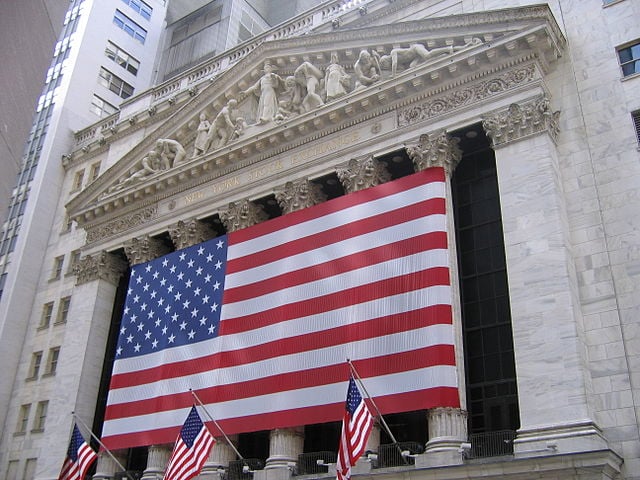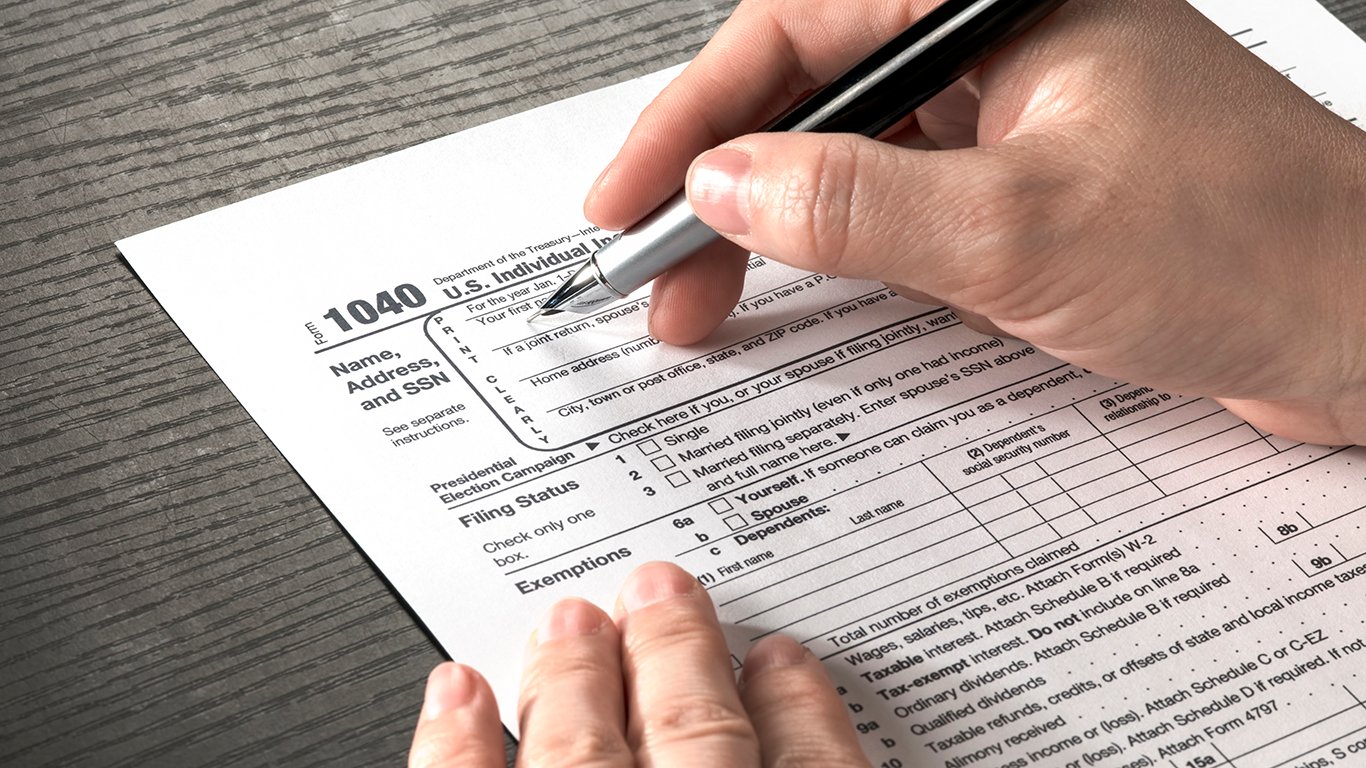24/7 Wall St. tracks the spreads that corporations have to pay above Treasury rates to fund their cost of borrowing. This is one key barometer for measuring the market’s risk tolerance at any given time. The problem is that junk bonds are starting to trade at yields that look less and less like “junk spreads” each day. Investors are chasing yields for higher income, but they are starting to take on more risk than they may understand. This is becoming extreme dividend investing. Source: Frank Golhen, via Wikimedia Commons
Source: Frank Golhen, via Wikimedia Commons
Standard & Poor’s shows a daily update on the speculative bond spreads, and the Speculative-Grade Composite has narrowed to 506 basis points. The spreads are becoming extremely tight, and we cannot help but wonder how much of a bubble is being formed here with tighter and tighter spreads. Investors are starting to take on significant risks that they might not fully grasp if anything unexpected arises in the economy.
The investment-grade composite spread remained flat at 179 basis points on Monday, while the junk-bond spread was two basis points tighter. For reference, the investment grade spread has been 200 basis points for a one-year average and 246 basis points over a five-year average. The junk spread of 506 basis points now compares to a one-year average of 629 basis points and a five-year average of 757 basis points.
Back in mid-January we struggled with valuations when the speculative bond spread was at 531 basis points. If investors keep chasing yield in this manner, the composite spread for junk bonds may dip under 500 basis points soon.
The SPDR Barclays High Yield Bond (NYSEMKT: JNK) exchange traded fund is at $41.27, only a bit above the January 11 price of $41.15, when we first cited the risks of a bubble. Its 52-week range is $37.51 to $41.43 and Yahoo! Finance shows this ETF still having a yield of 6.78%, but we would warn that its dividends tend to fluctuate from quarter to quarter.
There are two closed-end funds we track as well. BlackRock Corporate High Yield Fund V Inc. (NYSE: HYV) is at $13.10 (versus $12.92 on Jan. 11) against a 52-week range of $11.40 to $13.58. It comes with a dividend yield of almost 8.25%. Another fund we track is the Western Asset High Income Opportunity Fund Inc. (NYSE: HIO). Now near $6.61, its 52-week range is $4.72 to $6.84 and its dividend is roughly 7.5%.
Bubbles can inflate and inflate. If investors keep seeing the stock market rise they are likely to take on that much more risk. They just need to understand that a spread reversion to the one-year or five-year averages could bring on losses in the double-digits in their investment portfolios.
If rates continue to tick up, this can also hurt bond investment values. What if something creates a situation where spreads widen out and Treasury yields rise simultaneously? New junk bond investors are not prepared for that. Be advised that the smart money started chasing yields in the realm of junk bonds all the way back in early 2010 and into 2011 and 2012.
Sponsored: Want to Retire Early? Here’s a Great First Step
Want retirement to come a few years earlier than you’d planned? Or are you ready to retire now, but want an extra set of eyes on your finances?
Now you can speak with up to 3 financial experts in your area for FREE. By simply clicking here you can begin to match with financial professionals who can help you build your plan to retire early. And the best part? The first conversation with them is free.
Click here to match with up to 3 financial pros who would be excited to help you make financial decisions.
Thank you for reading! Have some feedback for us?
Contact the 24/7 Wall St. editorial team.



